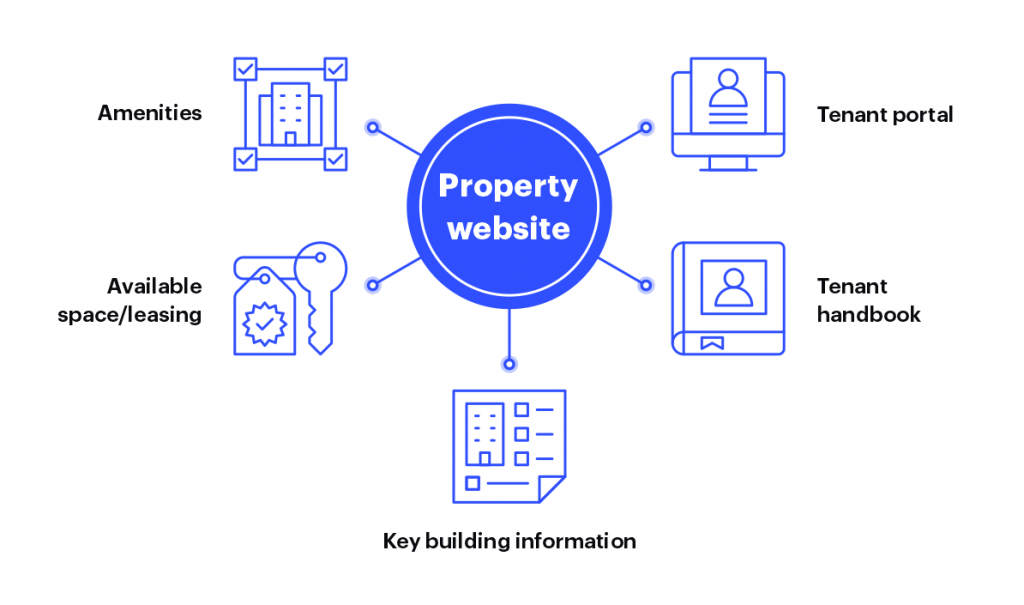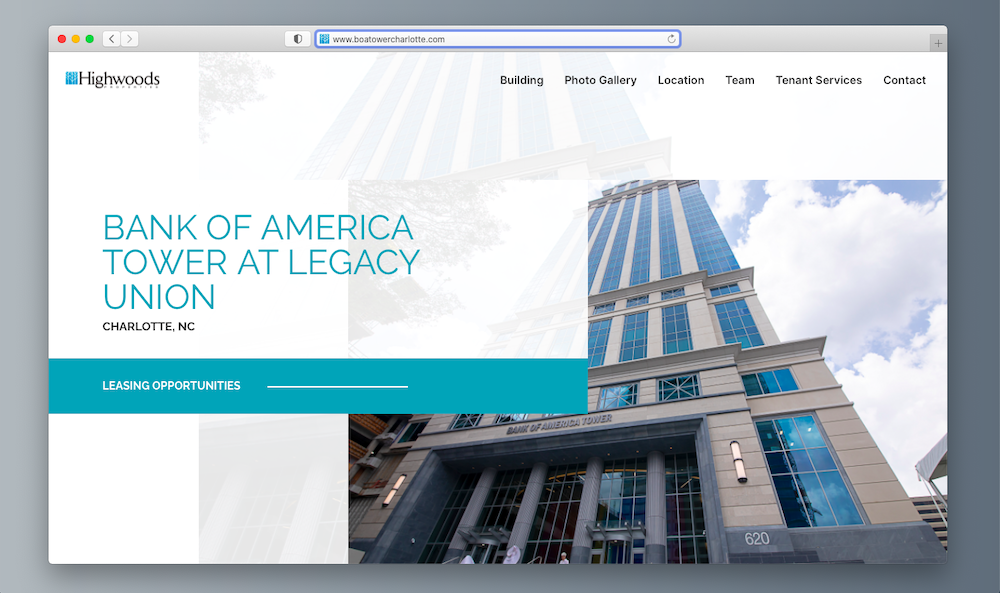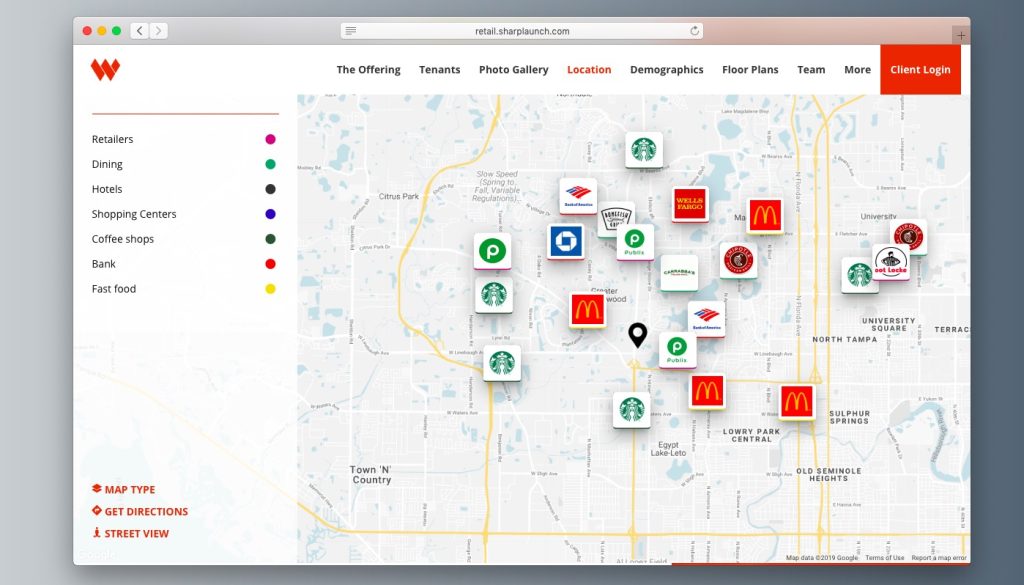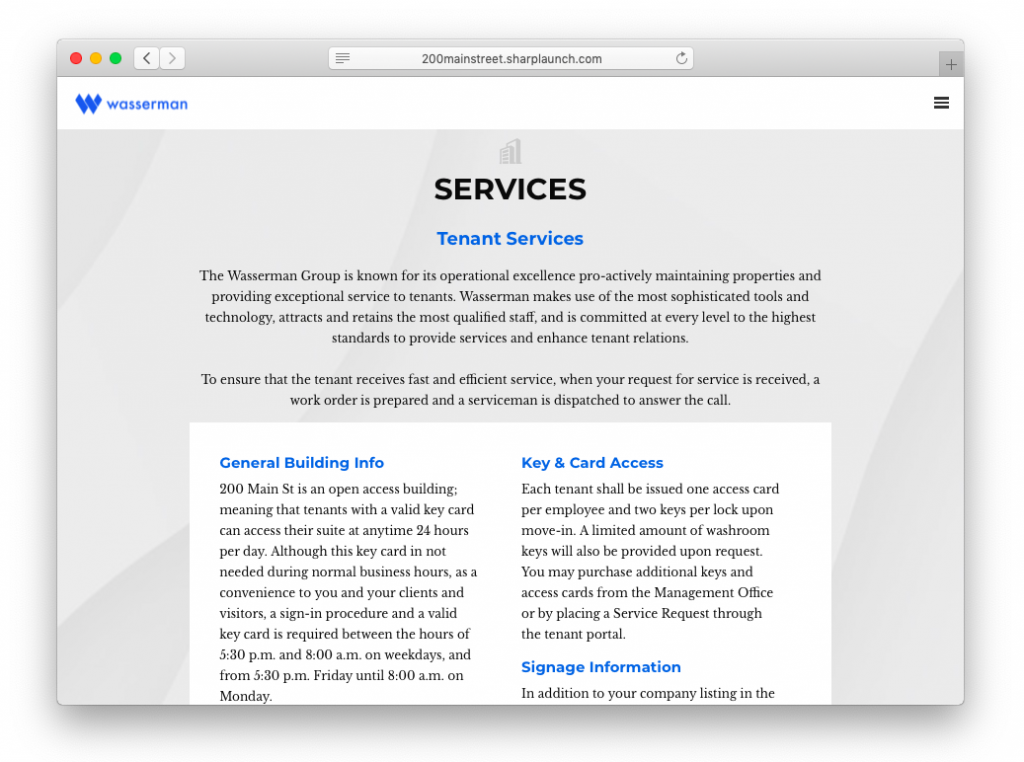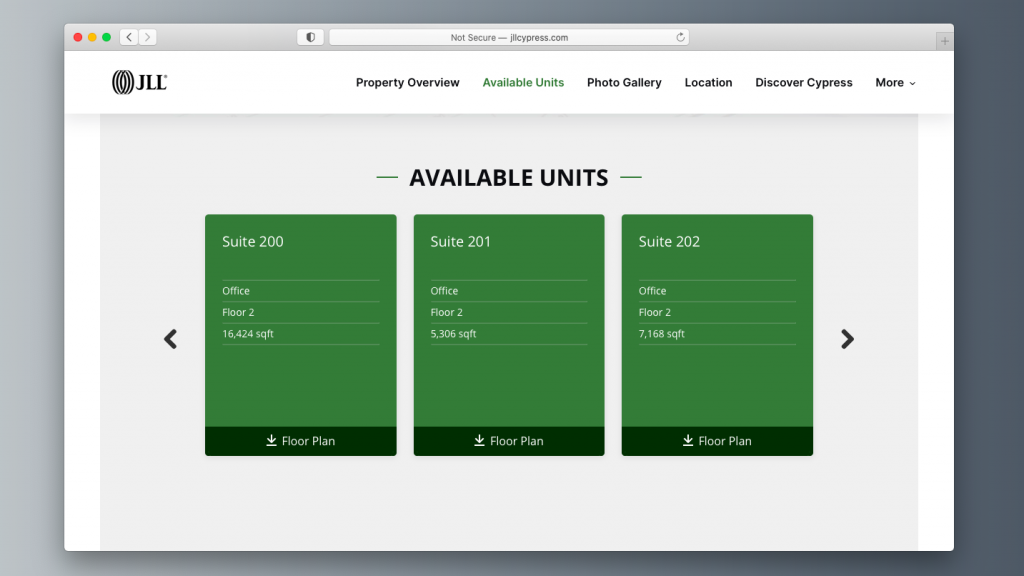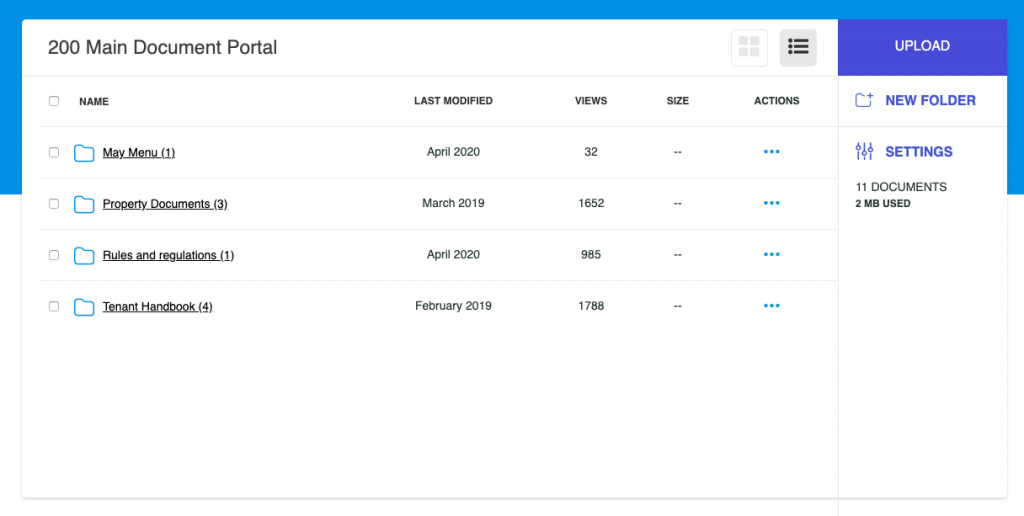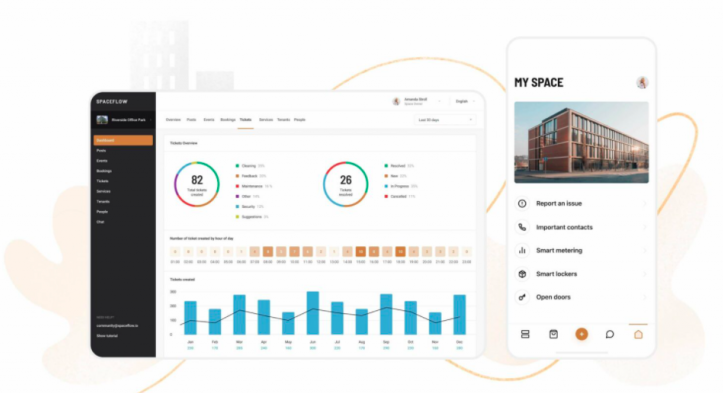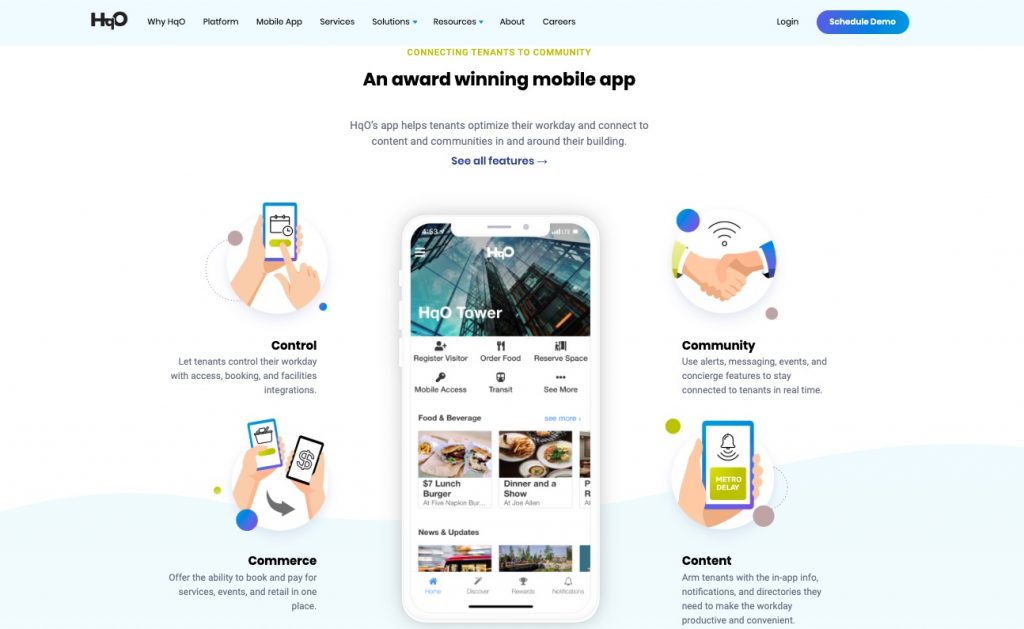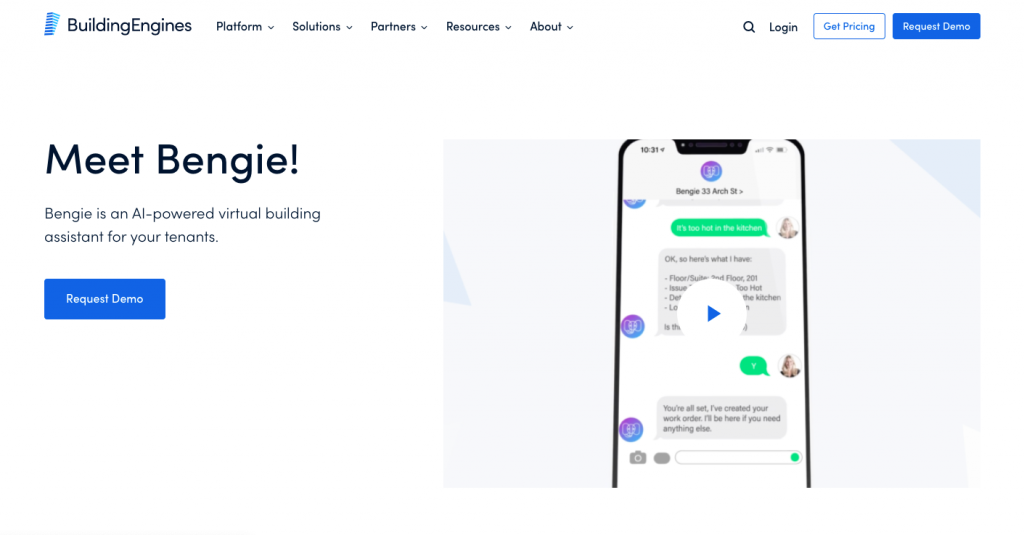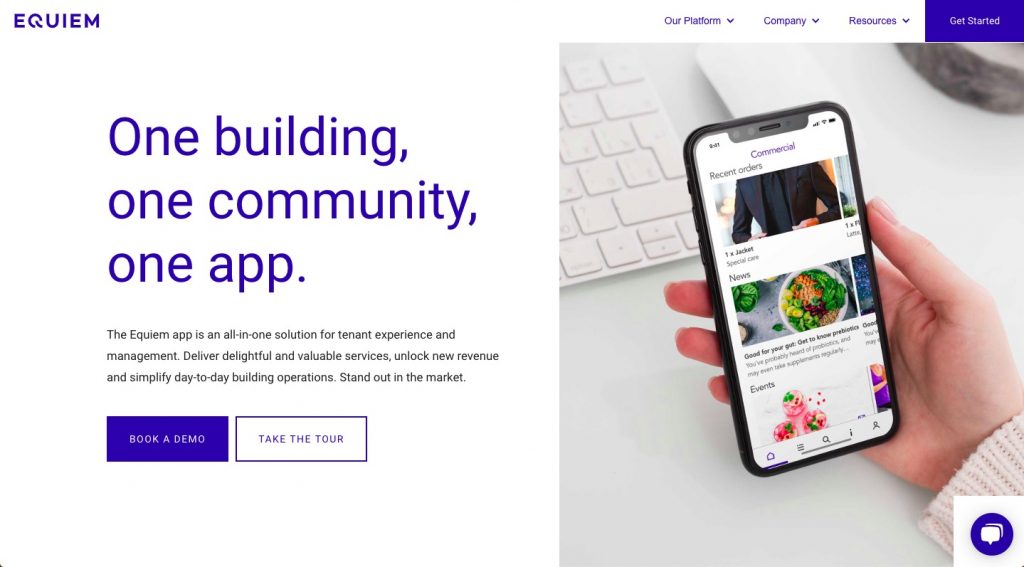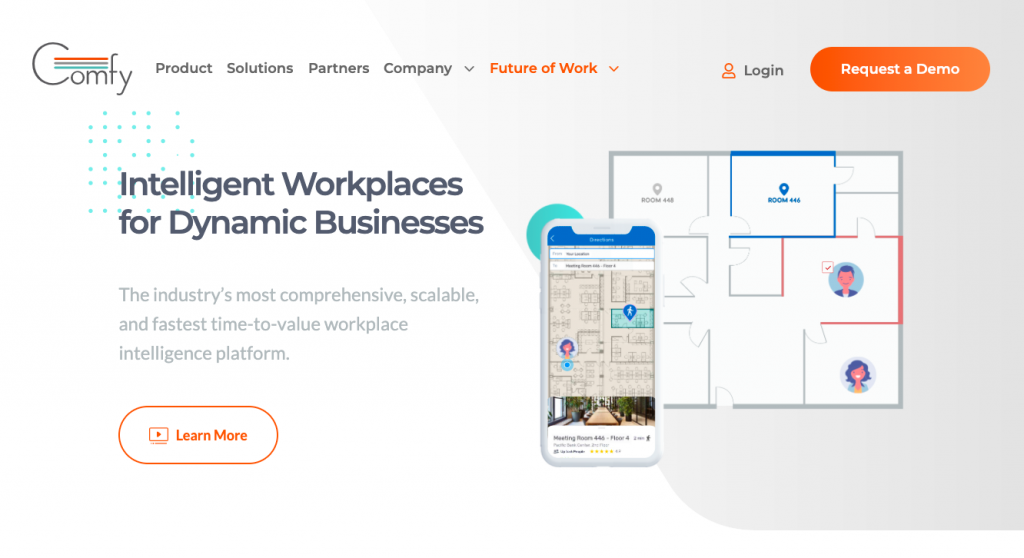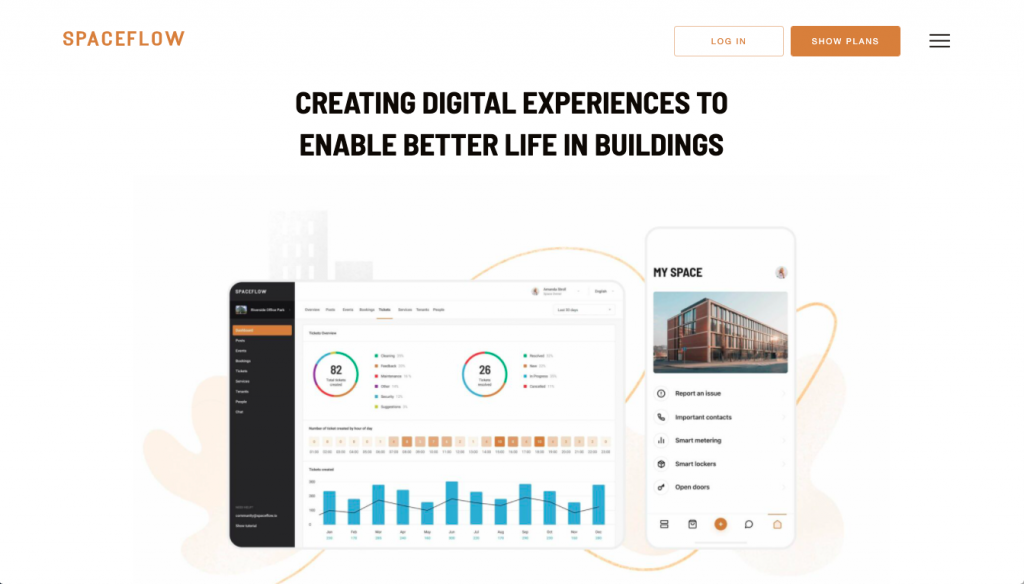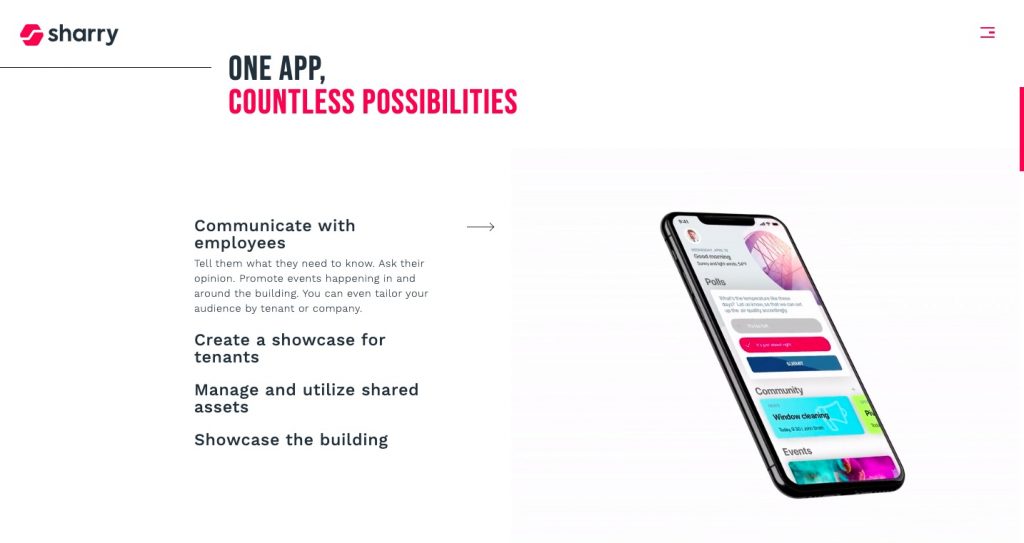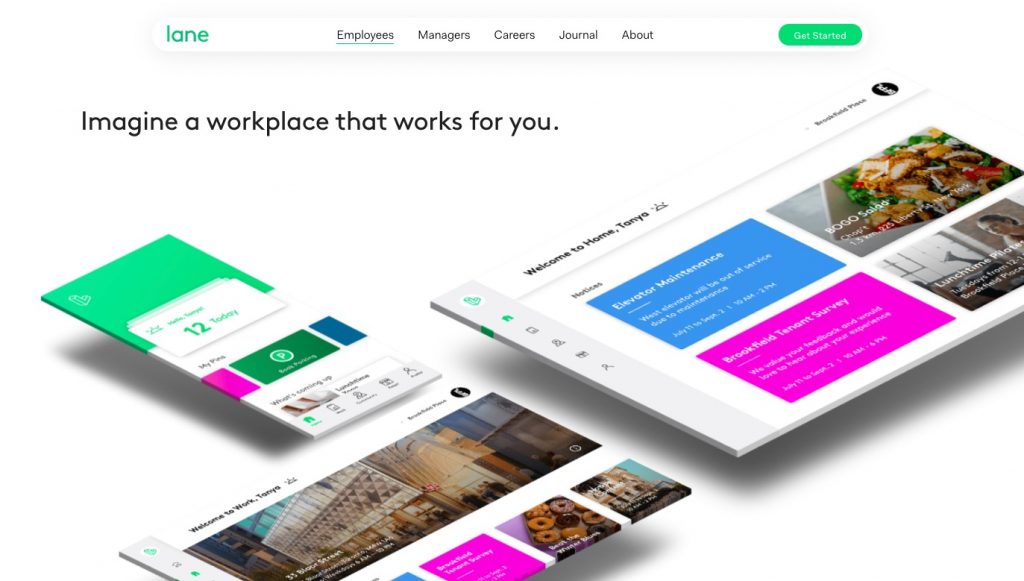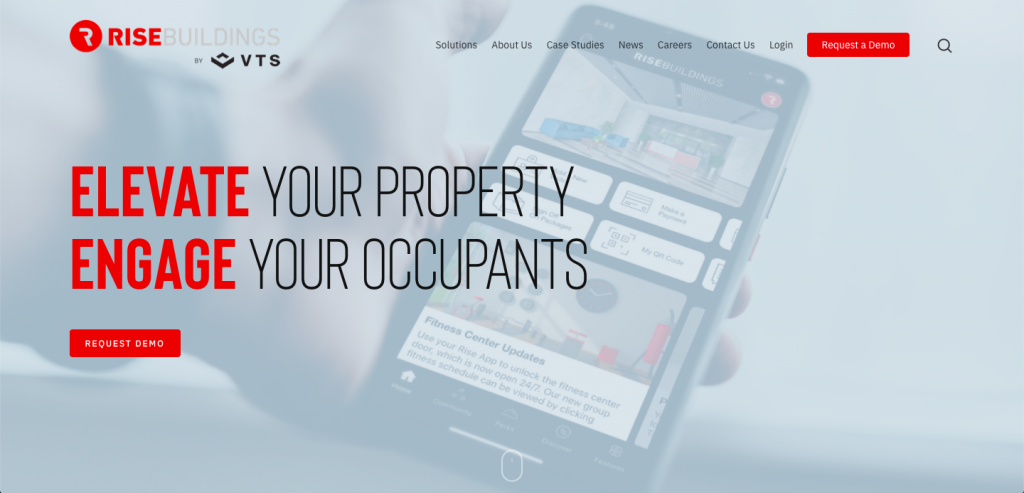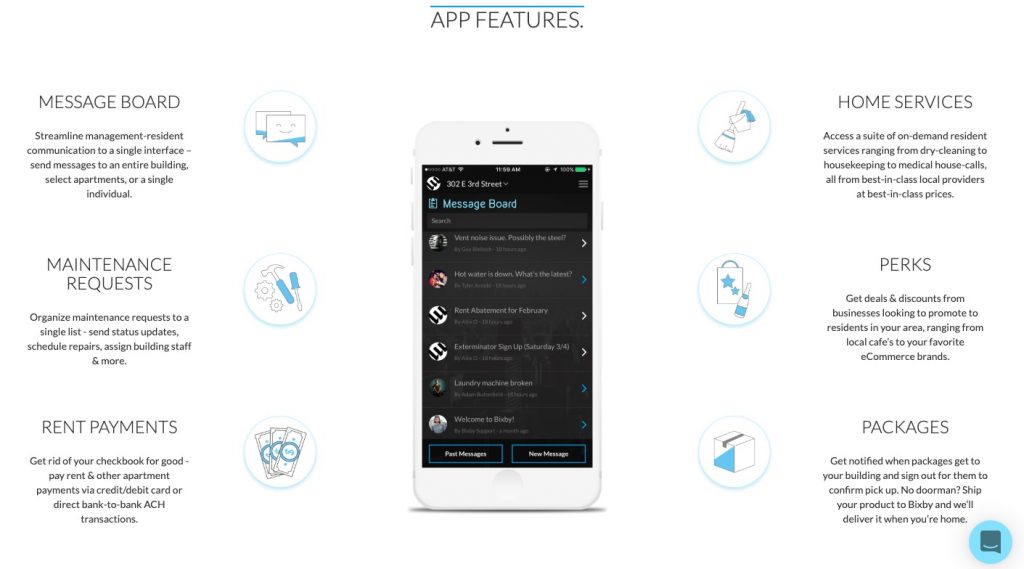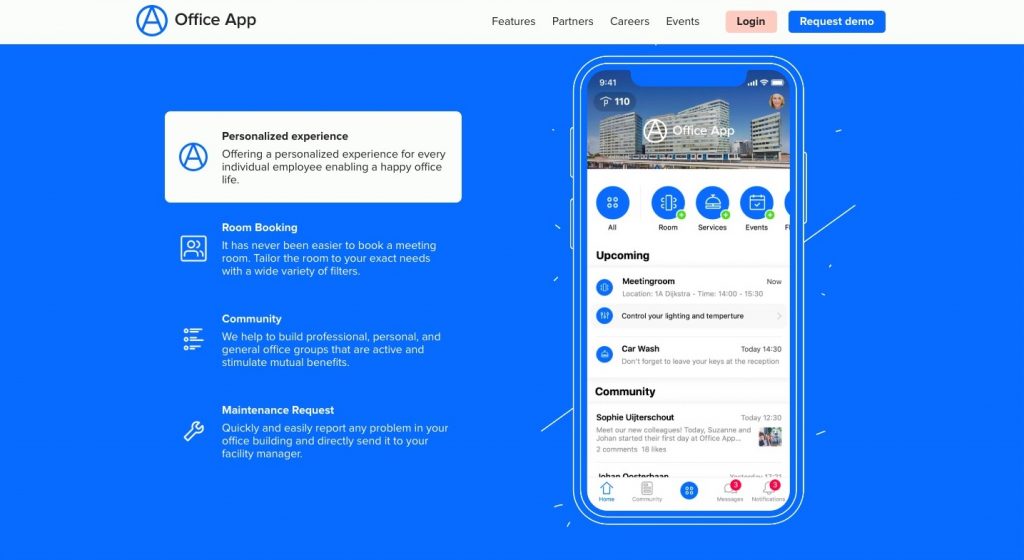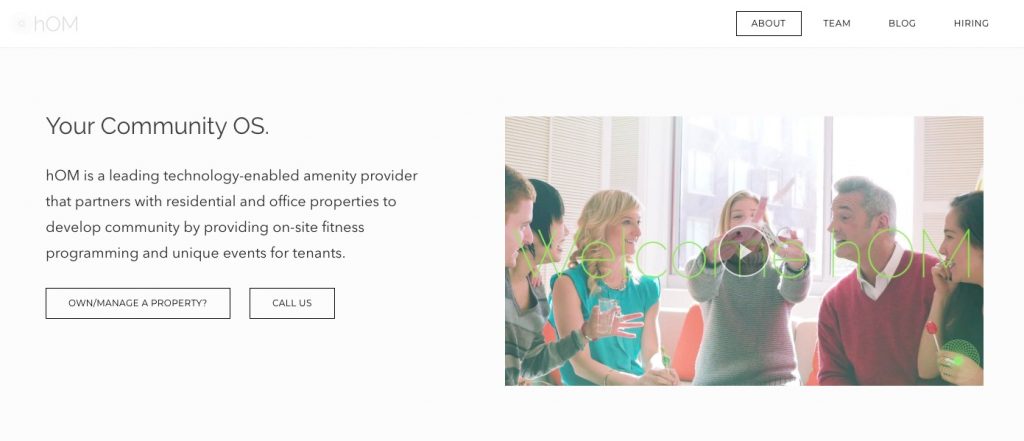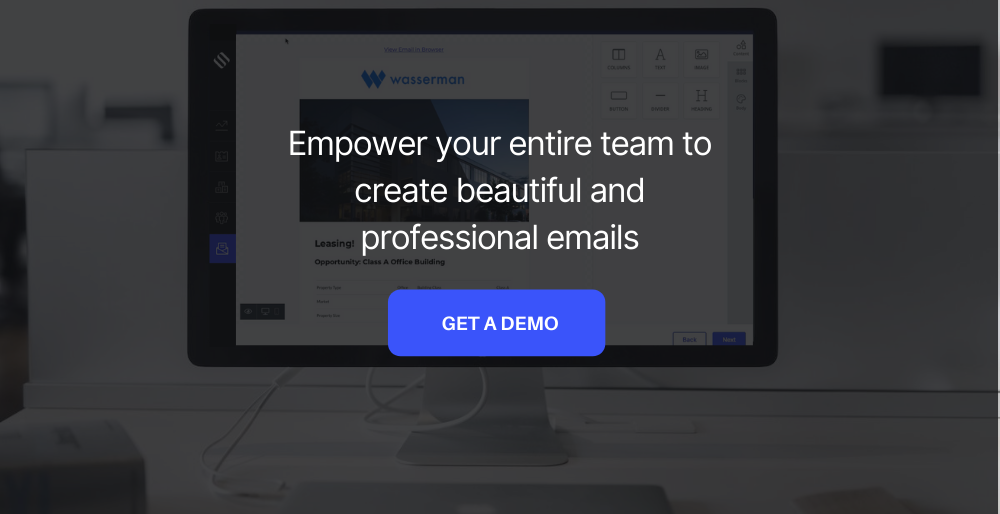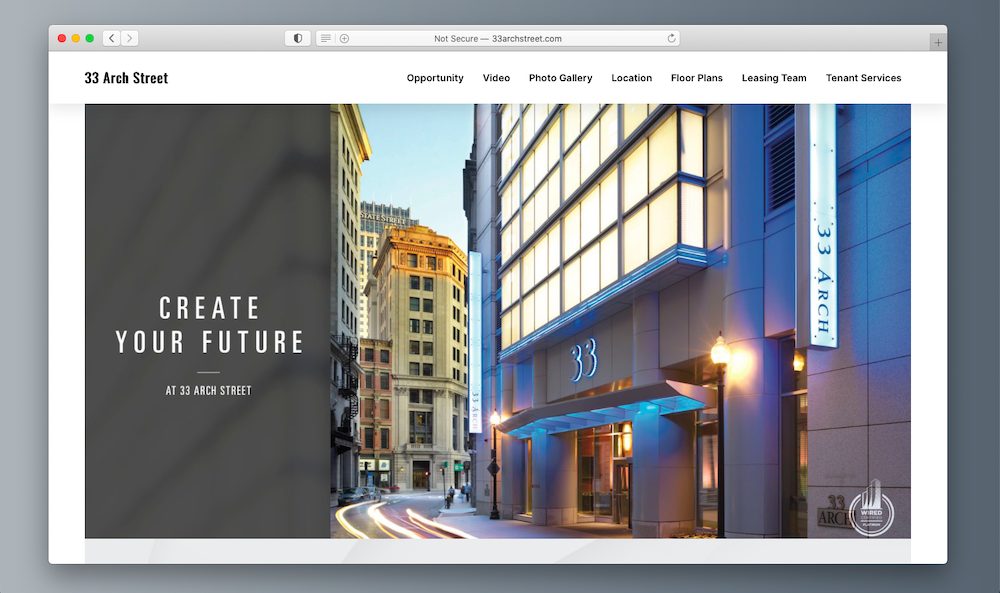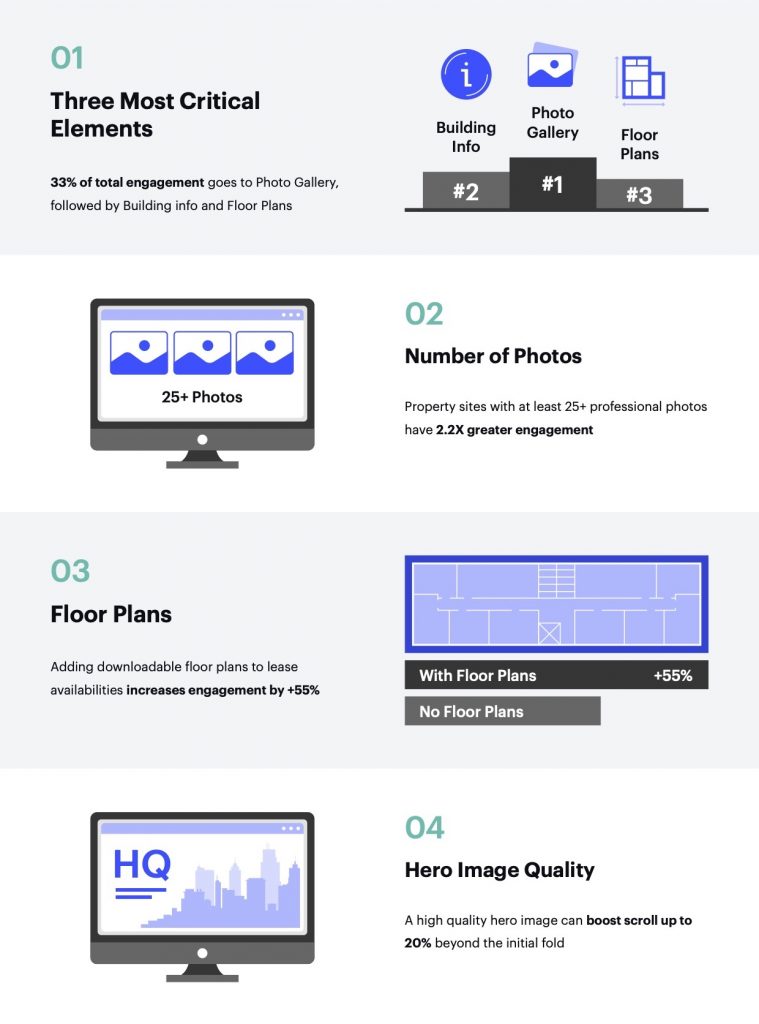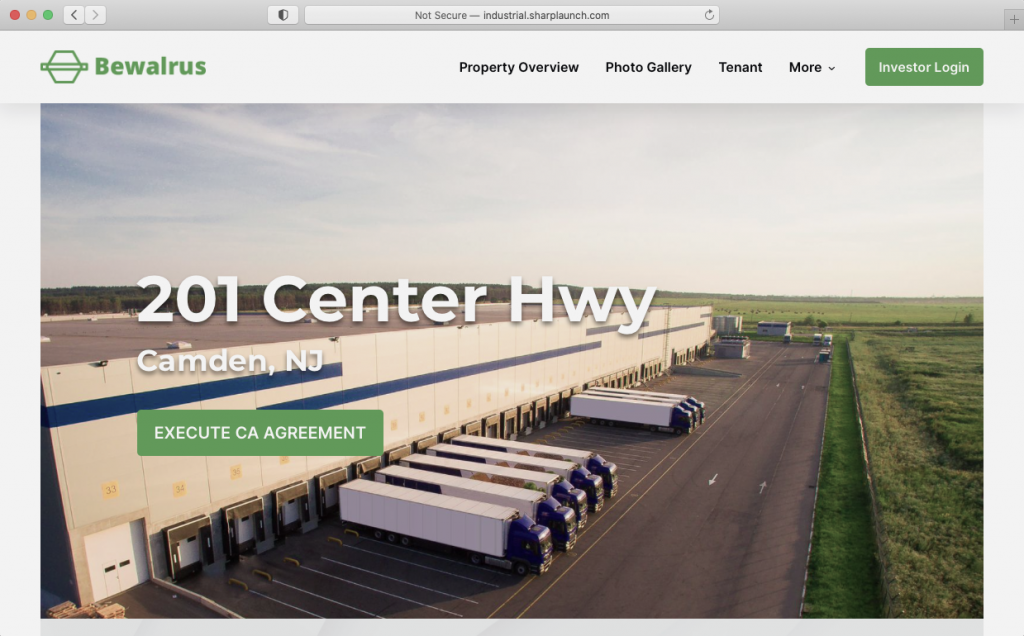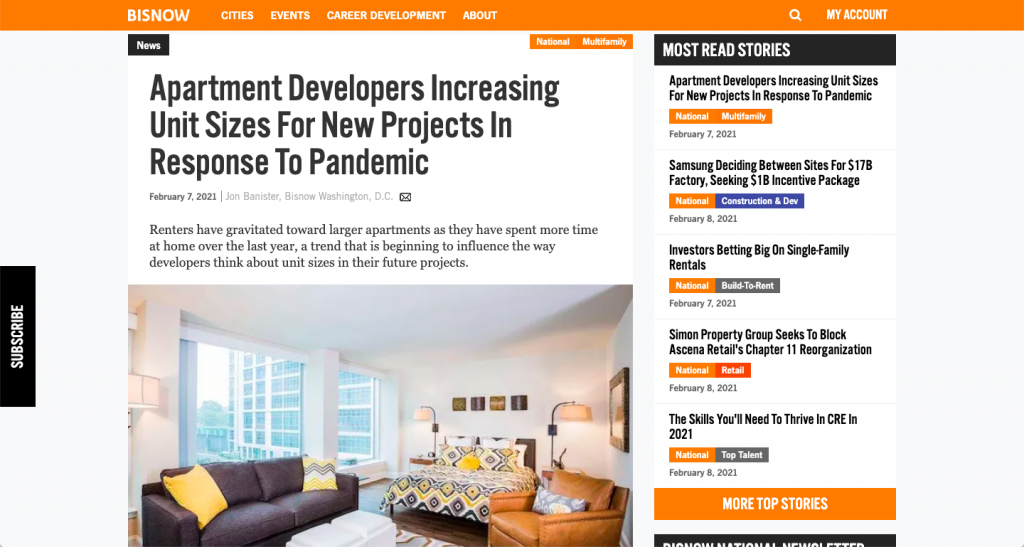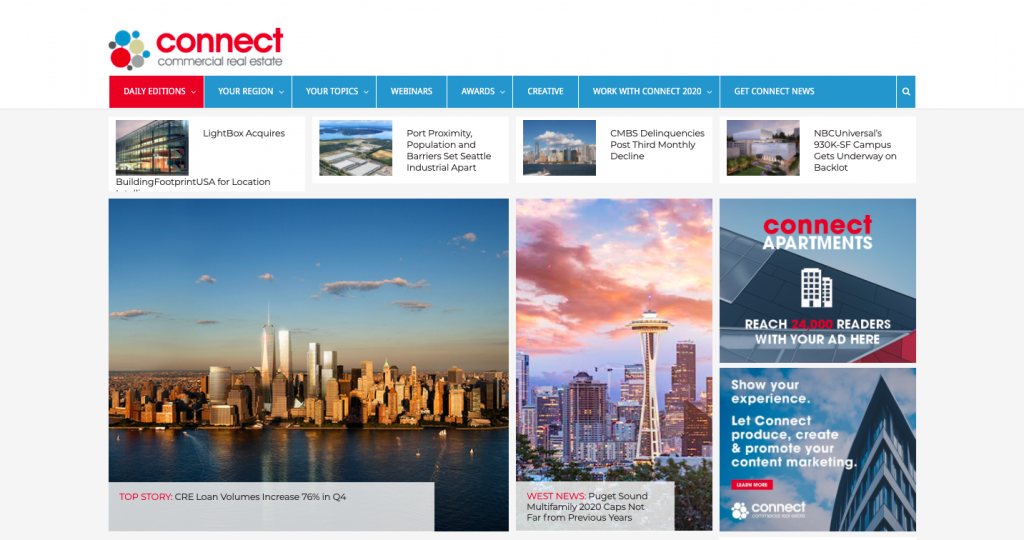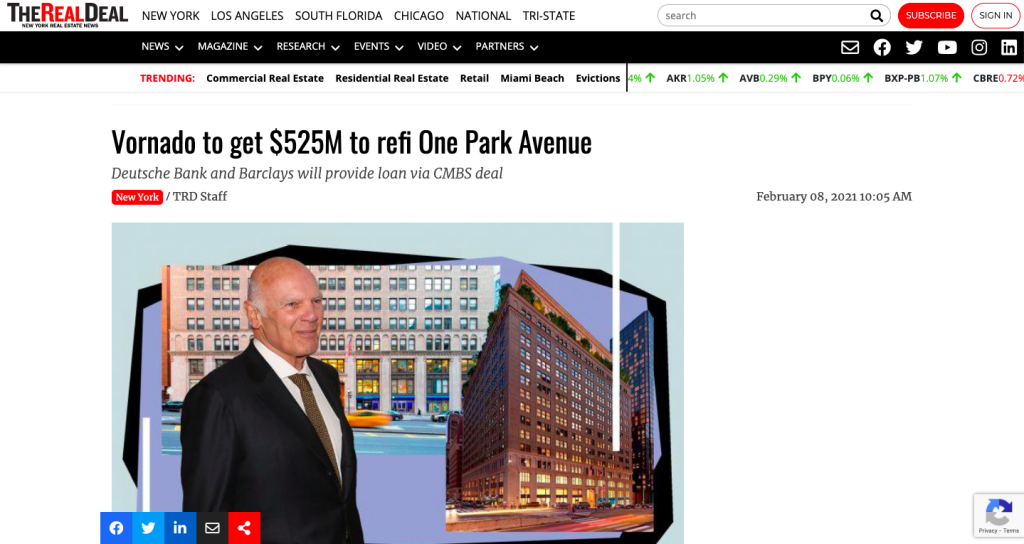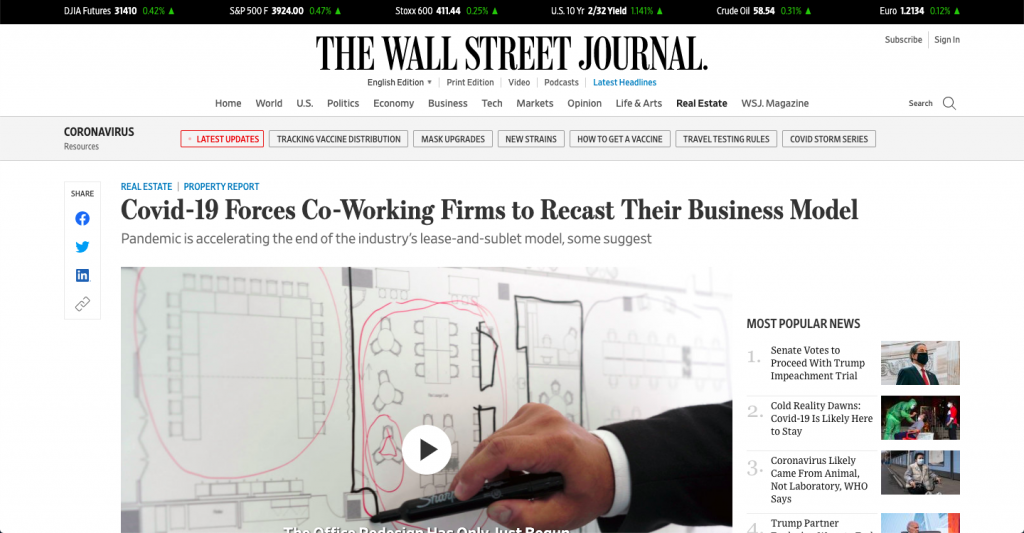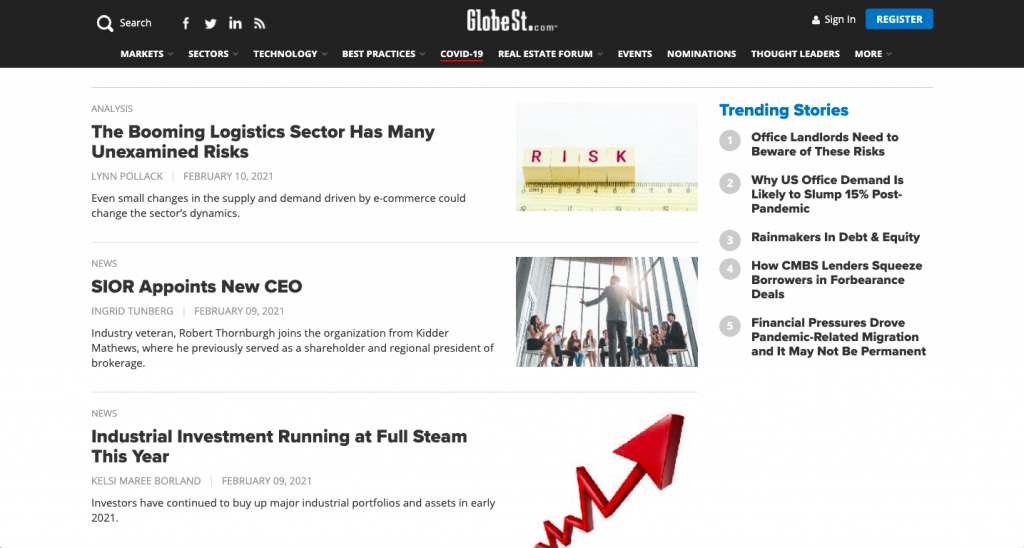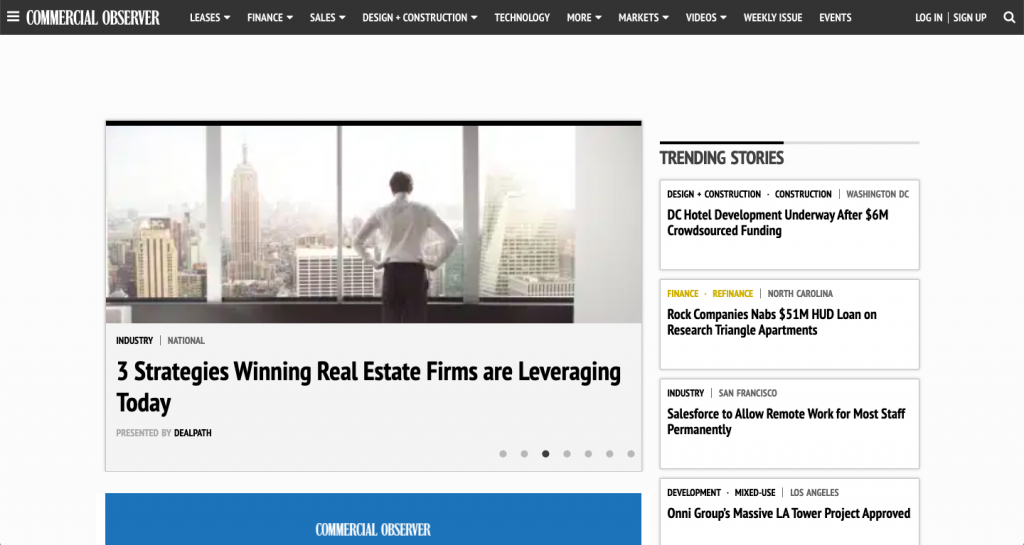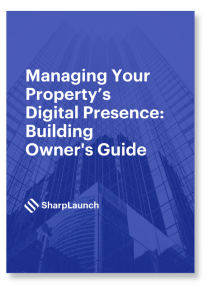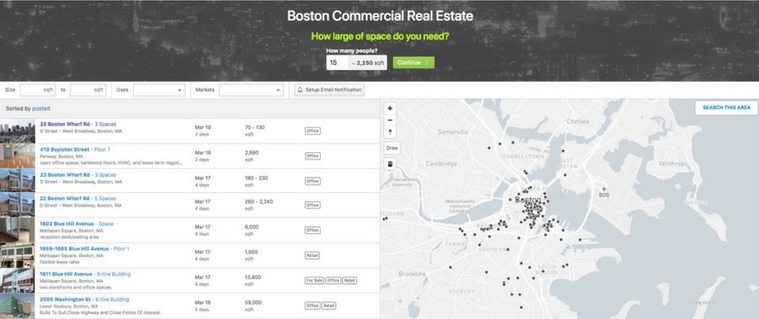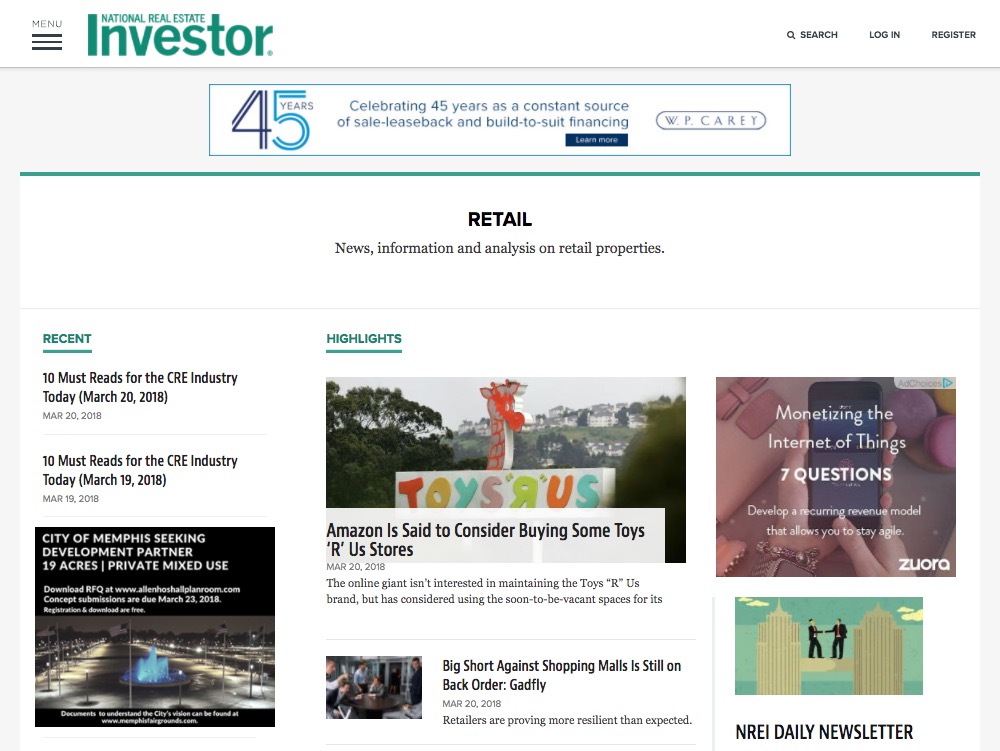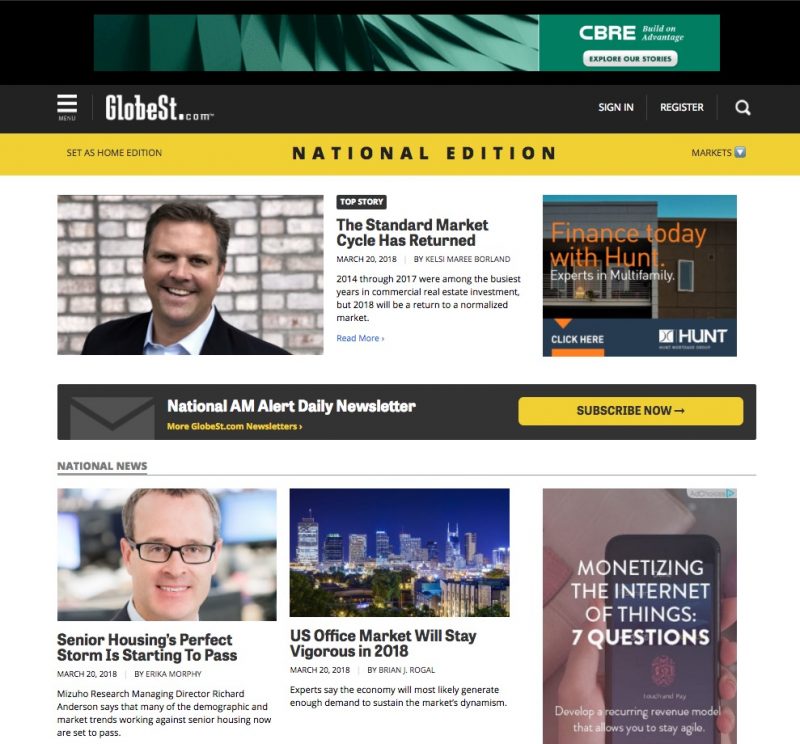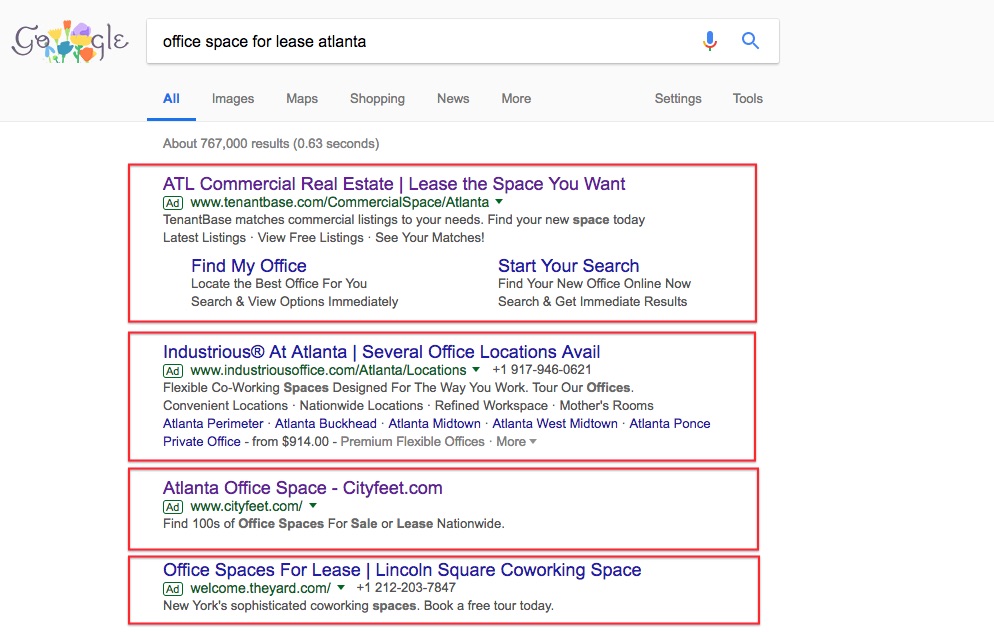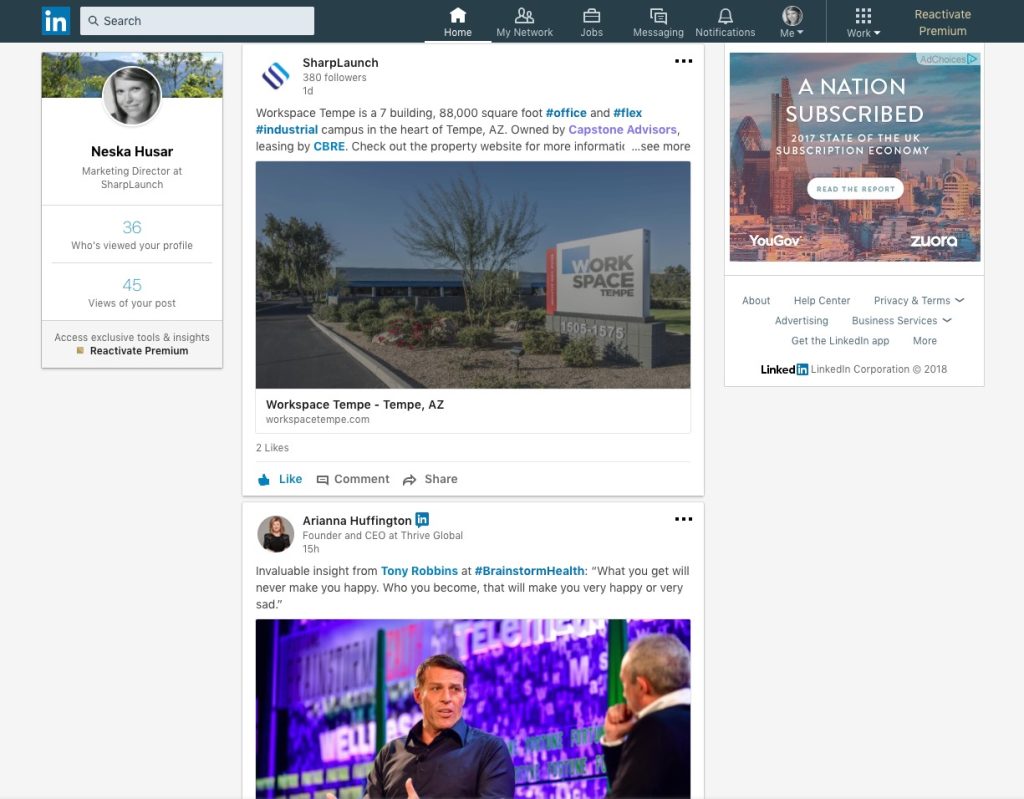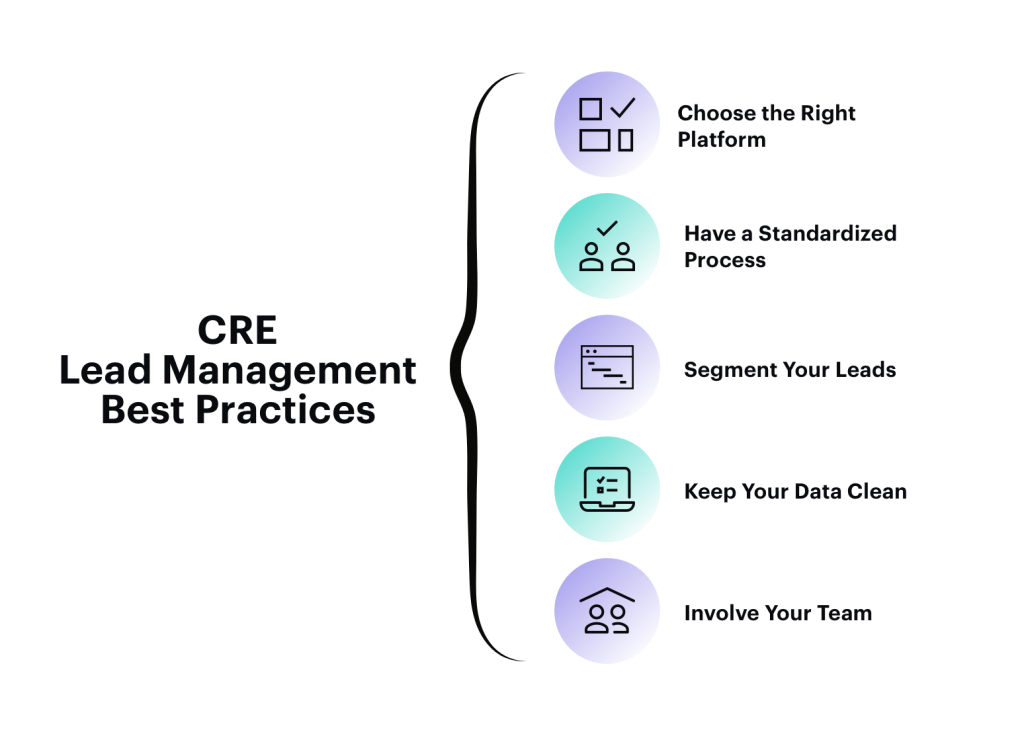We can safely say that 2020 has been an unprecedented year with the global pandemic taking center stage and affecting all aspects of our professional and personal lives.
How did the commercial real estate technology industry fare? Let’s have a look at the biggest proptech news headlines of 2020.
CRE Startups Have Eased Off The Gas Pedal Despite Record Investment
January 2020

Flickr/Jon Russell
No one is eager to be the next WeWork anymore.
Startups in the real estate industry have spent the months surrounding the collapse of the coworking monster’s valuation adjusting their growth plans to focus on sustainability, rather than grabbing as much market share as possible, The Wall Street Journal reports.
That change in strategy has come even as venture capital investment into real estate startups more than tripled from 2018 to 2019, when CRETech estimates that total equity and debt investment into the arena topped $31B.
Read full article by Matthew Rothstein on Bisnow
ClientLook Acquired By LightBox
January 2020

Joining LightBox will positively impact our ability to support your needs through a new and growing set of capabilities. We expect a very smooth transition without interruption to the ClientLook experience. Serving the commercial real estate professionals who rely on ClientLook every day remains our top priority.
Read the press release on ClientLook.com
Fifth Wall launches $200m carbon fund in ‘pitchfork moment’
January 2020

“This is one of the biggest things to happen to real estate since the invention of the internet.”
That is Brendan Wallace’s reasoning behind the launch this week of Fifth Wall’s $200m (£153m) Carbon Impact Fund.
Speaking to EG, Fifth Wall’s co-founder and managing partner warns that 2020 will be the year everyone realises that, above all else, climate change is “a real estate problem” as he urges the sector to prepare for a “pitchfork moment”.
He adds that as the general public, financial markets and regulators become increasingly focused on climate change, real estate – as the single biggest culprit – no longer has a choice when it comes to addressing its carbon footprint. Those who don’t change will not only be hit with huge financial penalties but will have to face the wrath of the world.
Read the full article by Emily Wright on Estates Gazette
biproxi Acquires Commercial Real Estate Listing Site OfficeSpace.com
February 2020

biproxi Acquires Commercial Real Estate Listing Site OfficeSpace.combiproxi, the leading end-to-end commercial real estate platform trusted by the world’s largest commercial brokerages, today announced that it has acquired OfficeSpace.com.
The acquisition will allow biproxi to consolidate all of its commercial real estate (CRE) data and listings on the OfficeSpace.com website, which is already the second-largest CRE listing site in the U.S. with over 550,000 listings, and is visited by over 350,000 buyers and tenants every month. In addition, OfficeSpace.com has historical data on over 1.7 million listings reaching back over 15 years.
Read the full article on Fintec Buzz
Eden Nabs WeWork’s Managed by Q, JLL Technologies Partnership
March 2020

Image by Shutterstock
Workplace management platform Eden has acquired its competitor Managed by Q from WeWork after a months-long bidding process. The acquisition amount is undisclosed for the investment round that Jones Lang LaSalle Technologies led to cement the acquisition, as it joins the JLLT portfolio in a new partnership.
According to news reports, Eden received a deep discount for Managed by Q, which WeWork paid an estimated $200 million for close to a year ago. Eden will absorb Managed by Q’s workforce, existing clients and vendors. The acquisition means more growth for the firm but doesn’t change anything different from a strategy perspective, J Joe Du Bey, CEO and co-founder of Eden, tells GlobeSt.com. “Eden was already in hyper-growth and the acquisition even accelerates our growth even and makes us a clear category leader for workplace platforms,” Du Bey said. “It will help us to scale throughout the U.S. and internationally this year.”
Read the full article by Mariah Brown on GlobeSt
April 2020

Real Estate Tech VCs have a Low & Dejected outlook over the 3-6 months
The real estate tech venture capital market was riding a wave of accelerated growth in the past two years. Record-setting figures in both deal volume and capital had the young industry on track to set new records with impending IPO’s, notable exits and continued capital growth. However, in the wake of the global pandemic and tightening economic conditions, real estate tech startups, and their VC sponsors are entering a period of transformation.
In a recent 2020 CREtech State of the Market survey, a large proportion of real estate tech investors and VC respondents, 56%, have a ‘Low and Dejected’ outlook of the macro real estate tech market in the next 3 to 6 months.
Read the full article on CREtech
Construction tech startup Procore shelves IPO
May 2020

Image by Boardroom Insiders, iStock
The latest coronavirus casualty is construction startup Procore, which has shelved its recent plans for an initial public offering. The news isn’t all bad for the California-based construction management software company. A private funding round has pushed its valuation to $5 billion.
After filing paperwork in February for an IPO, the company completed a private funding round that raised more than $150 million, according to Bloomberg.
Read the full article on The Real Deal
Fifth Wall adds new partner as it seeks at least $200 million for a new climate impact fund
June 2020

When it first launched nearly three years ago, Fifth Wall had a vision of leveraging capital limited partners from across the real estate development and construction business to back the technologies the industry needed most.
That early vision resonated so well that the firm has grown from managing one fund of $212 million to holding roughly $1.2 billion in assets under management. It has also come to the realization that the investment vehicles they’re currently managing have one huge blind spot — climate-related technologies.
With that deficit in mind, the firm has set out to raise a new climate-focused investment vehicle with at least a $200 million target, and has brought on a new partner to help invest that capital.
Read the full article by Jonathan Shieber on Techcrunch
Startups’ Valuations Are Climbing More Slowly Since Covid-19
June 2020
The coronavirus pandemic is still hitting startup valuations hard, but the pain was less acute in April than in March, according to a new report from Silicon Valley law firm Fenwick & West.
About the same number of companies, 64, got venture funding in April compared to an average month in 2019, the report’s authors wrote. But the per-share change in a private company’s stock price rose only 60% with each new funding round. That’s a bit better than in March when share prices went up by only 42%, but far worse than in the average month last year, when startups’ stock prices increased by 93%.
Read full article by Sarah McBride on Bloomberg
CoStar Closes on $190M Ten-X Acquisition
May 2020

Commercial real estate data giant CoStar Group is purchasing Ten-X for $190 million, a move that would increase the publicly-traded CoStar’s presence in the distressed real-estate space.
The all-cash deal for the online real estate transaction platform could be finalized Wednesday, the Wall Street Journal first reported. Thomas H. Lee Partners, the private equity firm that owns Ten-X Commercial, had previously been in talks with CoStar, but when those talks did not lead to an agreement, Ten-X laid off nearly half its workforce in November, The Real Deal reported.
Read full article by Erin Hudson and Hiten Samtani on The Real Deal
How To Raise $36 Million In The Middle Of A Pandemic
July 2020

I’m a strong believer – as we’ve explored several times over the past few months – that the current COVID-19 pandemic, though devastating for society and the economy, is motivating real estate industry stakeholders to fully embrace proptech and the value it can deliver now and for the future.
It’s not surprising that, in all this doom and gloom, startups providing this value are getting the opportunity to shine. Last week, LA-based proptech startup Openpath (a firm favorite of this column) announced it had just closed a $36 million Series C round led by Greycroft Ventures. I sat down virtually with Openpath co-founders and respectively President and CEO James Segil and Alex Kazerani, as well Mark Terbeek, Partner at Greycroft to discuss how (and why) it all happened.
Read the full article by Angelica Krystle Donati on Forbes
MetaProp seeks $200M to back bigger startups
August 2020

MetaProp, a New York-based venture capital firm, is looking to raise $200 million — its biggest fund yet — to back later-stage proptech startups.
The five-year-old company disclosed the fund, dubbed MetaProp Growth Select I, in a regulatory filing with the U.S. Securities and Exchange Commission on Wednesday. Co-founder Aaron Block is listed as the fund manager.
Read full article by E.B. Solomont on The Real Deal
RealPage acquires smart apartment startup Stratis IoT
September 2020

Stratis IoT connects smart apartment systems and devices into one app, integrating over 100 of the largest providers of smart apartment devices and systems.
Read full article by Julia Falcon on Housingwire
Camber Creek closes $155M fund
October 2020

Camber Creek — an early backer of proptech startups including VTS and WhyHotel — has raised $155 million from investors for its third and largest fund.
The venture capital firm said the fund was oversubscribed; it set out to raise $120 million last year. Institutional investors including the Texas Employees Retirement System invested in the fund, which is four times the size of Camber Creek’s first two funds combined.
Read full article by E.B. Solomont on The Real Deal
Tishman Speyer creates $300M SPAC for Proptech investments
November 2020

Tishman Speyer, one of the largest commercial real estate landlords in the United States with a 78 million square feet portfolio, recently created a $300 million special purpose acquisition company (SPAC) to invest in property technology (Proptech), Commercial Observer reports. The news comes after Tishman Speyer filed paperwork with the SEC on November 9. According to the filing, the SPAC will be focused on, “real estate adjacent businesses and technologies targeting the real estate space.”
This launch will allow Tishman Speyer to use its formidable presence in the real estate industry to operate as a strategic partner with technology companies. Investments will be made through the SPAC, TS Innovation Acquisition Corp.
Read full article by Joe Dyton on Connected RE Mag
Everyone thinks COVID-19 destroyed the office. But that’s not the whole story
December 2020

The office has been a major casualty of the pandemic, with many companies operating remotely and employees working from home. Demand for office space has plummeted since March, with companies big and small pushing back their return to the office, sometimes indefinitely. But according to a new index tracking office demand in seven major U.S. markets, while offices seem to be down, they’re not completely out.
Read full article by Nate Berg on Fast Company


